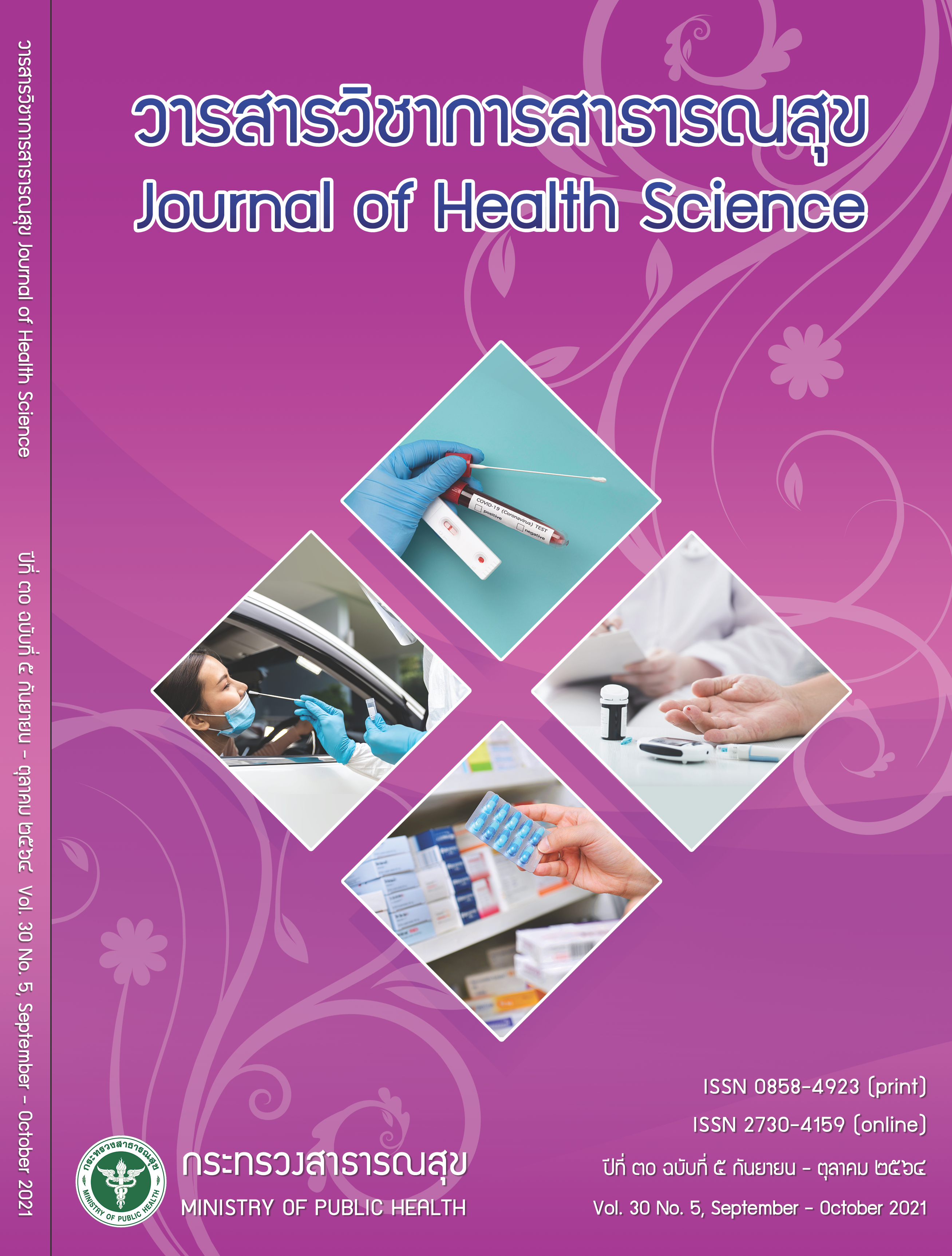Intermediate Care Policy in Thailand: What Should be Done?
Keywords:
intermediate care, policy analysis, policy recommendations, multidisciplinary, seamless careAbstract
This qualitative study aimed to analyze policy process and propose policy recommendations for intermediate care in Thailand. The purposive sampling participants consisted of the 65 executives from stakeholders of policy process at the central level and provincial policy makers. It was conducted during
September 2019 to March 2020. The study tools used for data collection were guidelines for in-depth interview and focus group discussion. Qualitative data were analyzed by content analysis. The results of the study showed that the intermediate care policy was driven by the central level and cascaded to all provinces with multidisciplinary team through the service plan mechanisms focusing on 3 main diseases in the elderly. This policy was successful in some provinces. The present research recommends further policies to enhance precise policy communications and to transfer of knowledge down to the practical and flexible regulations fit to real situation. The intermediate care services should be extended to cover other diseases and other age groups that require similar intermediate care. Further policy development should be focused on the cost of care provision in order to generate and integrate the seamless service payment fund for intermediate and long-term care. This would drive adequate human resource that fit with the modes of the intermediate care ward in community hospitals, This would also improve unitary data recording system and the sharing of intermediate care patients database among hospitals.
Downloads
Downloads
Published
How to Cite
Issue
Section
License

This work is licensed under a Creative Commons Attribution-NonCommercial-NoDerivatives 4.0 International License.







